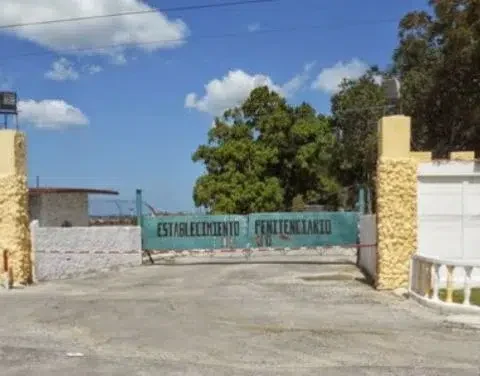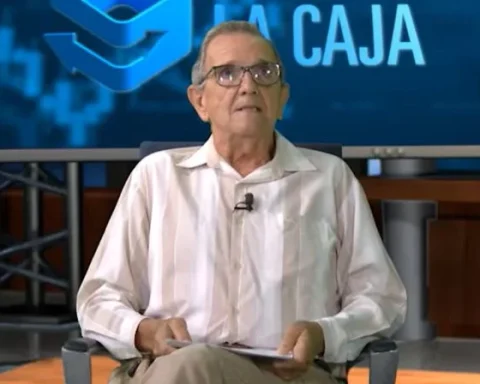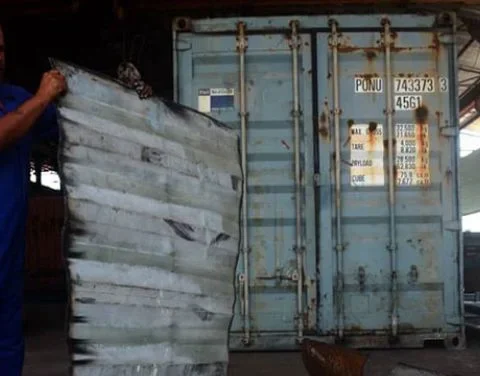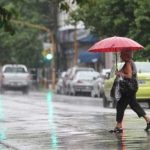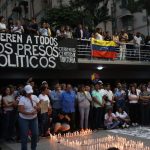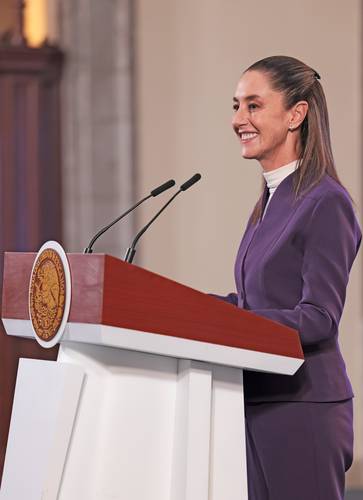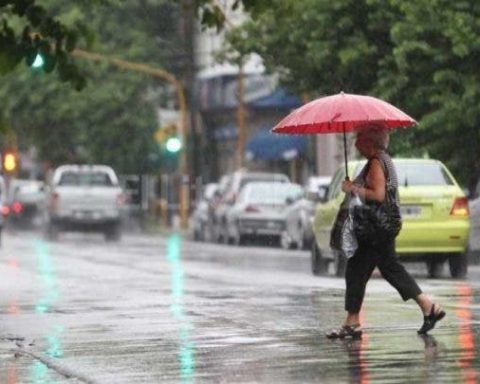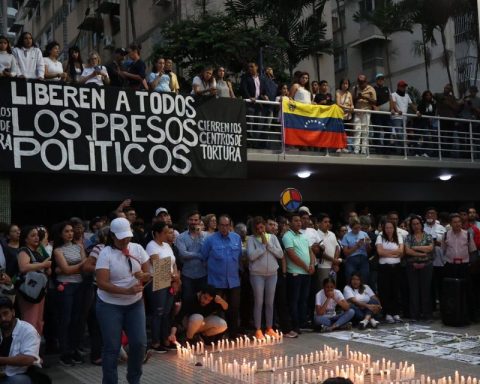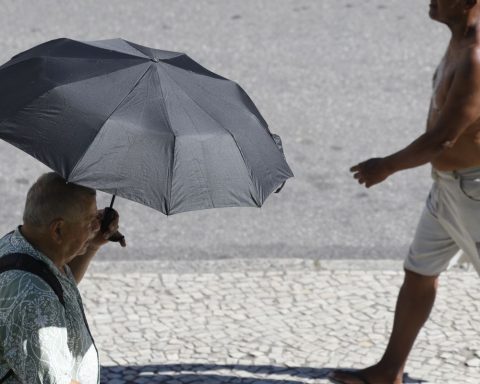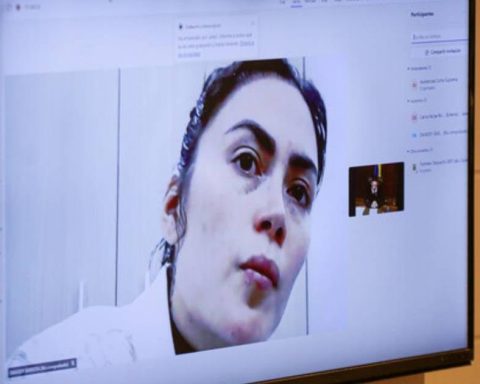MIAMI, United States. – Dozens of residents of Boyeros came out to protest this Tuesday on Independencia Avenue, in the vicinity of the state company BioCubaFarma, after a week without electricity or water, according to a video received by CubaNet.
“Here these people are putting tree branches that the cyclone [Rafael] He lay down in the middle of the avenue, blocking the way because the Government is simply not interested in the town being without electricity and these people have been without electricity for more than a week (…) with their food completely lost because there is no way to refrigerate it, without water , drowning in this horrible heat,” the person recording the video and who does not identify himself can be heard saying.
After Hurricane Rafael passed through the western region of the Island, numerous Cubans have protested on social networks about the lack of efforts to recover electricity in several areas of the capital of the Island.
This Monday, the popular Cuban actress Tahimí Alvariño reported on Facebook that his neighborhood, in the Havana municipality of Cerro, had accumulated six days without electricity.
“There have been six days without electricity on Vento Street, two poles that are about to fall since Wednesday, where thousands of cars pass and all risking their lives,” wrote Alvariño. “No light, no water, no food (because it all rotted),” Alvariño added.
This Monday, the Electrical Union (UNE) of Cuba celebrated that 823,000 Havana customers (85% of those affected by the hurricane) had already recovered electricity service.
According to a note published on their social networksthe state company was still working on “complex” breakdowns in the municipalities of Playa, La Lisa, Arroyo Naranjo and Boyeros, but Cerro was not mentioned, where service has not yet been restored.
Behind him total blackout began last October 18, the Cuban ruler, Miguel Díaz-Canel, threatened to citizens who protested the energy crisis.
In the video of a meeting released by the Presidency’s office, Díaz-Canel assured that his government was not going to accept or allow “anyone to act causing vandalism and much less altering the citizen tranquility of our people.”
“That is a conviction and that is a principle of our Revolution,” concluded the ruler, whose “battle array” During the demonstrations of July 11, 2021, it emerged as a call for civil war between Cubans.
The ruler also assured that there was “all the willingness and all the capacity and all the deployment and scope of the systems” contemplated by the regime “to respond (…) to any concern, as long as it is done in a civilized, organized manner. and in a disciplined manner.”
Immediately, Díaz-Canel’s statements caused a wave of indignation on social networks. “Give an answer to what? If they have not been able to solve anything and, of course, as always, any claim will be considered public disorder, vandalism or alteration of citizen tranquility. “This is how they disguise repression,” wrote on the social network the user identified as Pedro Orlando Guevara Yero.
For her part, the user Gєl remembered that “protest is a right” and addressed Díaz-Canel directly: “What more are you going to ask of the Cuban people? Three days of blackout, no food, no water, no gas and you can’t even complain, really?
That same Sunday, October 20, the regime’s Minister of Energy and Mines, Vicente de la O Levy, attacked the people who demonstrated that weekend in several locations on the Island. During a press conference with international mediathe official described the protests as “minimal incidents” and described them as “indecent.” He also referred to the participants as “the coward who does not reason and the one who sells out.”
As revealed in videos on social networks, multiple banging of pots and pans and peaceful protests were occurring during the night of October 19. The demonstrations were concentrated mainly in the provinces of Havana and Santiago de Cuba.

